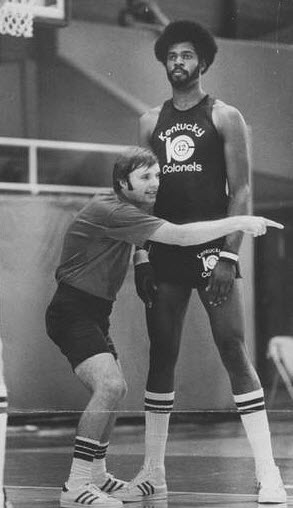Are You Committed to Leadership or Just Interested?

Herm Edwards, a former NFL player and coach and current ESPN football analyst, was recently talking on the Mike and Mike show about players who were interested versus players who were committed. He emphasized how important it is for coaches to have committed players on their teams.
We have heard the bacon and eggs story that examines these two words stating that the chicken was interested but the pig was committed. From what I have seen, the same can be said for leaders. I have worked with some leaders who were interested and others who were committed.

Those who were interested seemed to be more interested in themselves and their title. They were not committed to making the organization the best it could be. However, they did want everyone to know that they were the leader.
The interested leader tends not to respect the dignity of those whom he leads. In fact, he does not hesitate to let them know that they are beneath him. He may even take it to the level where he makes fun of his subordinates in front of others. He does not know the difference between humor and hurt and actually thinks it is humorous to demean his subordinates.
The interested leader tends to be aloof. He doesn’t put his heart into his work. That would be beneath him as he is above everyone else and showing his heart would make him vulnerable.
The interested leader often bullies his subordinates intellectually. He does this to show them that they are second class when it comes to intellect. Every chance he gets, he attempts to show his superior intellect.
The interested leader surrounds himself with “yes” people. Those who work most closely with him must be loyal to HIM. He listens very little to them because he already has all the answers. There is no reason to examine their insights because the only thoughts that matter are his.
In the final analysis the interested leader is insecure and hides that insecurity by putting others down.
On the other hand, the committed leader knows first and foremost that she / he does not have all the answers. They always puts the organization above themselves. It’s not about her / him; it’s only about making the organization the best it can be.
They show respect for everyone in the organization. No job is too small for her / him not to be interested in the person and their work. It is not uncommon for them to walk through the work place and to know the names of the people who have the least important positions in the organization.
The committed leader wants people to challenge her / his positions. The last thing they want is “yes” people. They listen actively to those they surround themselves with because they know that you never know where the best ideas will come from.
The committed leader gives all the credit away. They are comfortable with their leadership role and want their people to be recognized for all they do for the organization.
The committed leader is a worker! She / he is highly respected for their work ethic and their people follow this example. They do all they can for the organization because they don’t want to let the leader down.
The committed leader cares about people far beyond the narrow confines of a work place. She / he does all they can to help their people and their families, especially through the tough times.
I have worked for both of these leaders in my career. I found that you consistently give all you have for the committed leader because you have so much respect for this person. The only way to survive the interested leader is to realize you don’t work for him. You work for the people you are serving.


 His concern was obvious. How could Atlanta compete in the best league in basketball with players who were not nearly as good as the team he had just coached in the lesser league, the ABA?
His concern was obvious. How could Atlanta compete in the best league in basketball with players who were not nearly as good as the team he had just coached in the lesser league, the ABA?